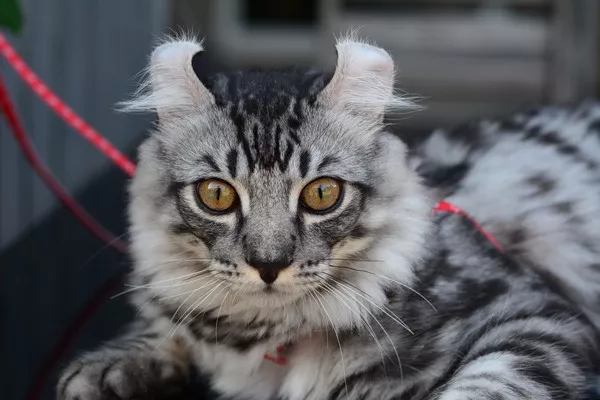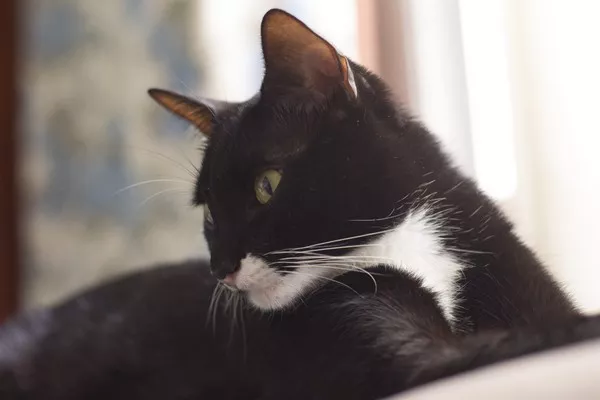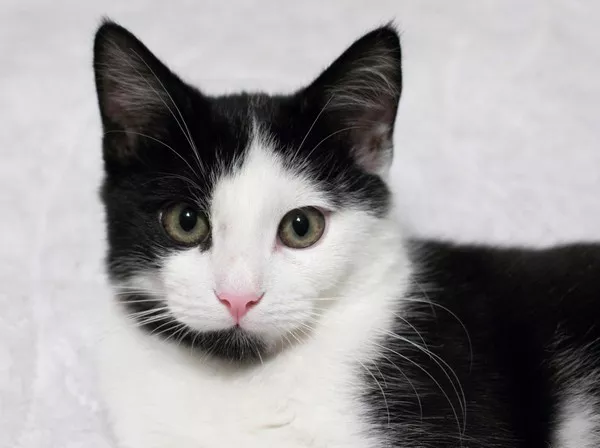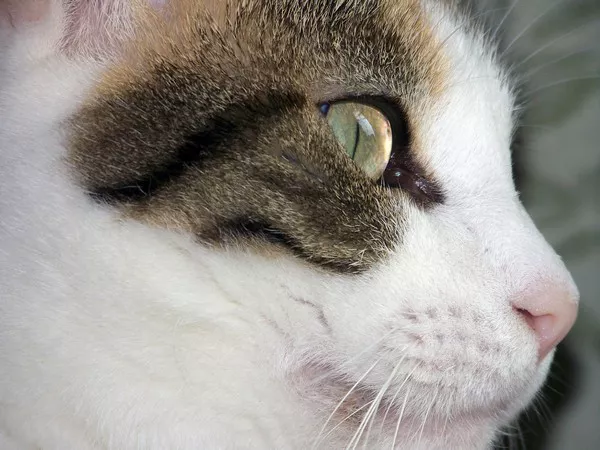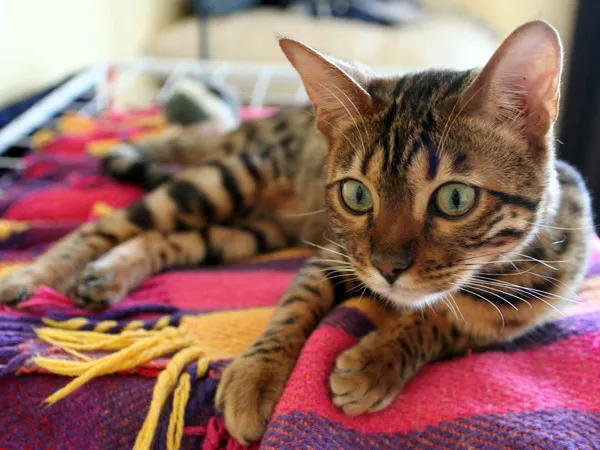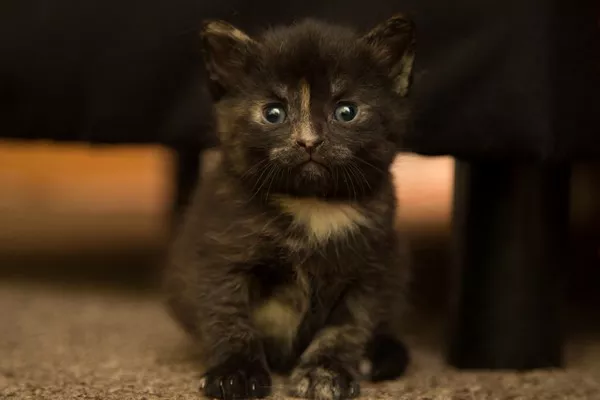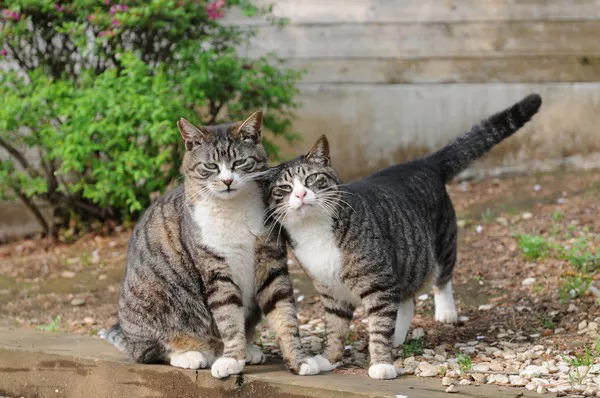Caring for your American Curl cat involves various aspects, and one crucial element is providing the right nutrition. The American Curl, known for its distinctive curled ears and elegant appearance, requires a balanced and well-rounded diet to support its overall health and well-being. In this comprehensive guide, we delve into the nuances of feeding an American Curl, exploring the factors that influence their dietary needs, recommended feeding practices, and tips for maintaining optimal nutrition throughout different life stages.
Understanding the American Curl’s Dietary Needs
Unique Features of the American Curl: Tailoring Nutrition to Ear Curliness:
The American Curl’s unique physical trait, curled ears, doesn’t directly impact its dietary requirements. However, like all cats, American Curls have specific nutritional needs that cater to their breed characteristics, age, activity level, and overall health.
1. Medium to Large Size: American Curls are generally medium to large-sized cats with an elegant build. Their nutritional needs are influenced by their size and energy requirements, requiring a diet that supports muscle maintenance, growth, and overall vitality.
2. Activity Level: While individual variations exist, American Curls are known for being active and playful. Their energy expenditure should be taken into account when determining the appropriate caloric intake to prevent obesity and promote a healthy weight.
3. Life Stage Considerations: Kittens, adult cats, and seniors have different nutritional needs. American Curl owners should be mindful of these life stage considerations when selecting cat food to ensure their furry companions receive the right balance of nutrients.
Factors Influencing Feeding Requirements
Age and Life Stages: Catering to Developmental Needs:
Understanding the specific needs of American Curl cats at different life stages is crucial for providing targeted nutrition. Each life stage presents unique requirements that contribute to the cat’s overall health and development.
1. Kittenhood: American Curl kittens require a diet rich in essential nutrients such as protein, fat, vitamins, and minerals to support growth and development. High-quality kitten food is formulated to meet the energy demands of these playful and rapidly growing felines.
2. Adulthood: Adult American Curls benefit from a well-balanced diet that maintains their overall health and supports their active lifestyle. High-quality cat food for adults should focus on providing essential nutrients while managing caloric intake to prevent obesity.
3. Senior Years: As American Curls age, their nutritional needs may change. Senior cat food is designed to address specific issues such as joint health, digestion, and weight management. Consultation with a veterinarian can help tailor the diet to the individual needs of senior American Curls.
Health Considerations: Special Diets for Specific Conditions:
Some American Curls may have specific health considerations or conditions that require special dietary adjustments. These could include food allergies, sensitivities, or chronic health issues that necessitate a specialized diet.
1. Food Allergies: Some cats may develop allergies or sensitivities to certain ingredients in commercial cat food. Identifying and eliminating potential allergens from the diet can alleviate symptoms and promote overall well-being.
2. Chronic Health Conditions: Cats with chronic health conditions, such as kidney disease or diabetes, may require a special diet tailored to manage their specific needs. Veterinarian guidance is crucial in these cases to ensure the cat’s nutritional requirements are met.
Selecting the Right Cat Food
Quality Over Quantity: Prioritizing Nutrient-Rich Options:
When choosing cat food for your American Curl, it’s essential to prioritize quality over quantity. Opt for cat food brands that prioritize real, high-quality ingredients and avoid fillers that may contribute to empty calories.
1. Reading Ingredient Lists: Thoroughly read the ingredient list on cat food labels. Look for high-quality protein sources, such as real meat or fish, as the primary ingredient. Avoid excessive amounts of grains, fillers, and artificial additives.
2. Avoiding Common Allergens: If your American Curl has known food allergies or sensitivities, select cat food that eliminates common allergens. Limited-ingredient diets can be beneficial in such cases.
3. Consulting with Veterinarians: Veterinarians can provide valuable guidance on selecting the right cat food for your American Curl based on their individual needs, health status, and dietary preferences.
Wet vs. Dry Food: Weighing the Pros and Cons:
The choice between wet and dry cat food depends on various factors, including the cat’s preferences, lifestyle, and health considerations. Each option has its own set of advantages and disadvantages.
1. Wet Cat Food: Wet cat food typically has higher moisture content, which can be beneficial for cats that may not drink enough water. It is also palatable and may be preferred by cats with dental issues or those that are picky eaters.
2. Dry Cat Food: Dry cat food is convenient, has a longer shelf life, and can help maintain dental health by promoting chewing. Some cats may prefer the crunchiness of dry kibble. However, it’s crucial to ensure adequate water intake, especially for cats that primarily consume dry food.
3. Combination Feeding: Some cat owners opt for a combination of wet and dry cat food to provide a balanced diet that combines the benefits of both. This approach allows flexibility while meeting the cat’s nutritional needs.
Feeding Practices for American Curls
Establishing a Feeding Schedule: Consistency is Key:
Establishing a consistent feeding schedule is essential for American Curls. Regular and predictable mealtimes help regulate their metabolism, prevent overeating, and maintain a healthy weight.
1. Frequency of Meals: Kittens typically require more frequent meals, while adult cats may thrive on two to three meals per day. Seniors may benefit from smaller, more frequent meals. Consistency in meal timing helps create a routine that cats can rely on.
2. Avoiding Free Feeding: While free feeding (leaving food out for cats to eat at their leisure) may be convenient, it can contribute to overeating and obesity. Controlled portion sizes and scheduled mealtimes are generally recommended.
Monitoring Body Condition: Adjusting Portions as Needed:
Regularly monitoring your American Curl’s body condition is crucial for ensuring they receive the appropriate amount of food. Adjusting portion sizes based on their body condition helps prevent undernourishment or excess weight gain.
1. Body Condition Scoring: Veterinarians use body condition scoring systems to assess a cat’s weight and body condition. Ideally, American Curls should have a moderate body condition with a discernible waistline.
2. Tailoring Portion Sizes: Adjust portion sizes based on the cat’s age, activity level, and body condition. If weight management is a concern, consult with a veterinarian to determine the optimal feeding plan.
Hydration Matters: Encouraging Water Consumption:
Ensuring adequate hydration is crucial for the health of American Curls. While wet cat food contributes to overall moisture intake, additional measures can be taken to encourage water consumption.
1. Clean and Accessible Water Bowls: Provide clean and accessible water bowls in multiple locations around the house. Some cats prefer running water, so consider investing in a cat water fountain to entice them to drink.
2. Wet Cat Food as a Hydration Source: Wet cat food can contribute to a cat’s overall hydration, especially for those who may not drink enough water. Mixing wet and dry cat food or adding water to dry kibble are options to increase moisture intake.
Introducing Treats Mindfully: Balancing Nutrition and Indulgence:
While treats can be a delightful addition to your American Curl’s diet, they should be introduced mindfully to avoid overindulgence. Balancing nutritional needs with occasional treats ensures your cat enjoys a well-rounded and healthy diet.
1. Nutritious Treat Options: Choose treats that offer nutritional benefits, such as those designed to support dental health or provide additional nutrients. Avoid overfeeding treats, as excessive calorie intake can contribute to weight issues.
2. Portion Control: If incorporating treats into your cat’s diet, be mindful of portion control. Limit the number of treats given and consider reducing the size of regular meals to maintain an overall balanced diet.
Conclusion
Feeding your American Curl cat involves a thoughtful approach that considers their unique characteristics, life stage, health status, and individual preferences. By understanding the factors that influence their dietary needs and implementing recommended feeding practices, you can ensure your American Curl receives the nutrition necessary for a healthy and happy life.
Regular consultations with a veterinarian, vigilant monitoring of their body condition, and a commitment to providing high-quality cat food are essential components of responsible cat ownership. As you navigate the journey of nourishing your American Curl, the bond you share will undoubtedly be strengthened through the shared moments of mealtime and the commitment to their well-being.

